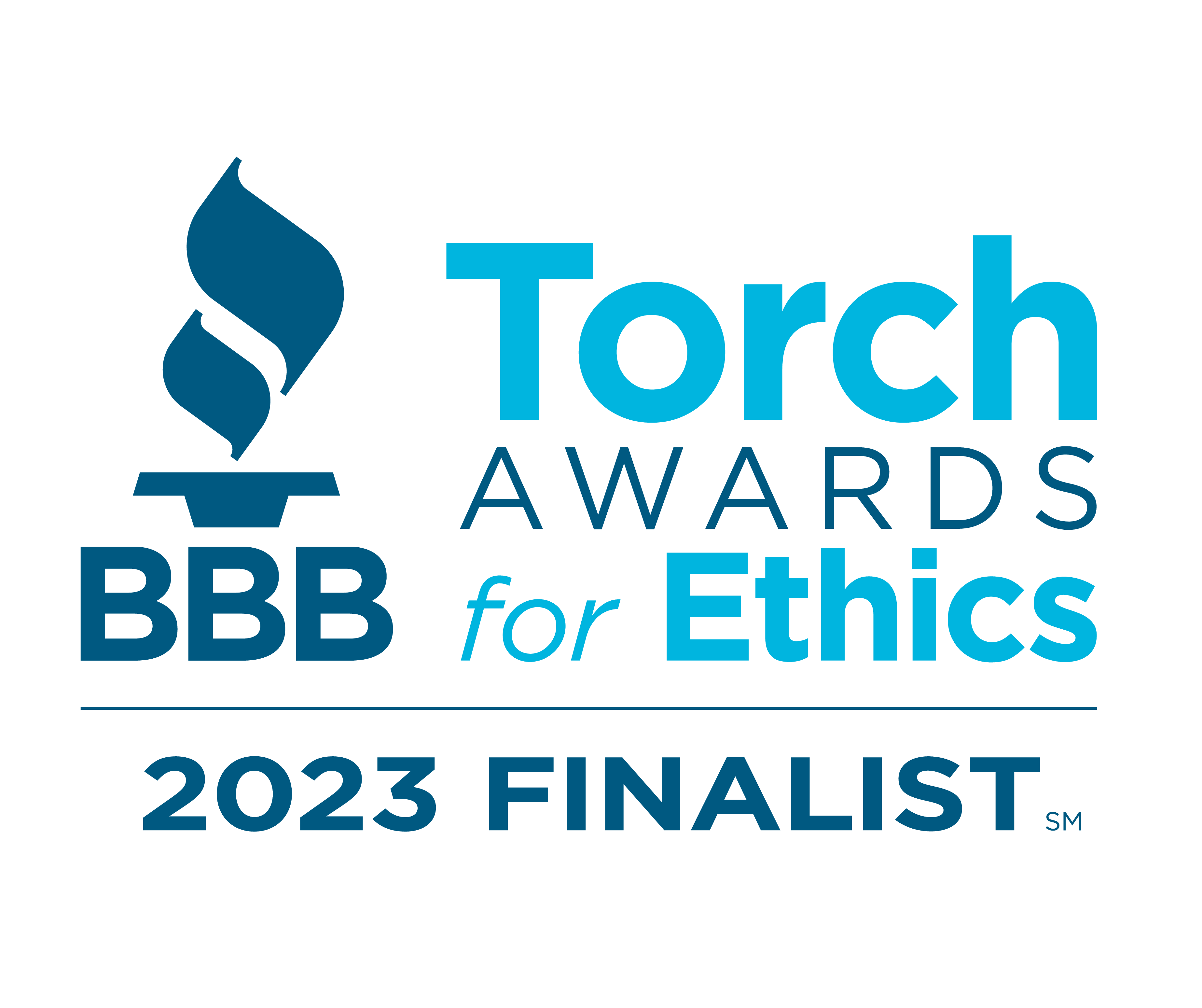What is the Fresh Start Tax Program?
The IRS fresh start program is an initiative that combines a series of changes to the current procedures and policies for collecting back taxes and penalties. The program is an expansion of the IRS Restructuring and Reform Act of 1998 to include more benefits and assistance to delinquent taxpayers. The fresh start tax initiative includes four major elements that make it easier for individuals to settle their tax debts. They are:
1. New rules for tax liens
2. Tax penalty relief
3. Expanded access to installment agreements
4. Offer-in-Compromise (OIC) program
New Rules for Tax Liens
A tax lien is a lien imposed by law upon your assets to secure the payment of your tax debts. If the IRS issues a tax lien against your properties, it appears on your credit report and makes it almost impossible to successfully apply for a loan.
Since the advent of the FSP, the IRS has changed its laws on tax liens. Previously, tax liens were issued on all levels of debt. Currently, the minimum threshold for issuing a tax lien is $10,000. This means the IRS will not issue you a tax lien until your debt is $10,000 and over. There are exceptions to this rule, and the IRS can take other collective actions before you reach the $10,000 mark.

The FSP also prompts the IRS to withdraw a notice on tax liens if you meet certain monetary requirements. To meet these requirements, you will have to pay off your tax debts to less than $10,000. If you agree to pay your debts off through a direct debit installment, which allows the IRS to take a part of your monthly wages, you can request a tax lien withdrawal. Paying via a direct debit installment agreement would be beneficial to anyone who is in the process of offloading assets such as selling a house or business. It prevents the IRS from collecting a huge chunk of the money you will receive from selling your assets. Occasionally the IRS may withdraw tax liens if you can prove that it will expedite tax collection.
RELATED: 9 IRS Tax Resolution Options That Work
To apply for a withdrawal on tax liens, fill out the IRS Form 1277. If you intend to enter a direct debit installment agreement, request it in writing in the form. Attach a copy of form 668(Y), notice of Federal tax lien, if you have it. It will be requested at some point as you fill out the form. Attaching it saves the IRS time, which in turn gets you a quicker response. It is important to note that defaulting in paying your direct debit installment agreement or increasing your taxes to over $10,000 will force the IRS to file a new Notice of Federal Tax Lien.
Tax Penalty Relief
The IRS can issue penalties to taxpayers for late filing and payment of taxes. These penalties can make up a large percentage of the tax debts you owe. Fortunately, the fresh start tax initiative offers some relief from tax penalties to people who earn a low wage or are unemployed. Under the FSP, the IRS can reduce the amount and sometimes erase a penalty altogether.
To qualify for a tax penalty relief, you must satisfy the following conditions:
I. Have a drop in net income of at least 25% (if you’re self-employed).
II. Earn less than $200,000 for married couples or $100,000 for individuals
III. Have a tax liability of less than $50,000 in the present year
Another way to avoid a tax penalty is by taking advantage of first-time penalty abatement. This initiative was implemented before the FSP was put into place. It allows you to have a tax penalty waived if it’s the first time you’ve failed to file a return or filed late. To qualify, you must have no penalty history for the past three years, and you must have filed all required tax returns. You can also use a ‘reasonable clause’ agreement if you don’t qualify for a first-time penalty abatement. This clause establishes that circumstances beyond your control were responsible for your failure to file a return, make a deposit, or pay tax when due. Some acceptable reasons include a natural disaster, fire, death, incapacitation, or an inability to obtain records.

Expanded Access to Installment Agreements
Installment agreements give you the opportunity to pay your tax debts in smaller monthly increments. These agreements can help lower the amount you pay in penalties and lessen the value of the debt.
The IRS implemented new rules in 2016 to qualify individuals that owe up to $100,000 for a streamlined installment agreement. The previous rules only accommodated taxpayers who owe up to $50,000 and could pay it off in a span of 6 years. Currently, taxpayers who owe between $50,001 and $100,000 will be granted 84 months to pay off back taxes via a direct debit installment agreement. The IRS will determine the amount you pay each month, but there is room for negotiation. The IRS will decide whether to make this rule permanent in September 2018.
For small businesses, the fresh start program has increased the threshold for a business tax debt from $10,000 to $25,000. If you have employees, your business can qualify for an In-Business Trust Fund Express Installment Agreement. With this plan, you can spread the payment of your employment taxes over time. It can be beneficial if your business is struggling with revenue or if you want to pay for back taxes from the previous year or two. Currently, the IRS is also testing an expansion to this program that qualifies out-of-business sole proprietors with larger debts for a streamlined installment agreement. Similar to individual tax debts, if your business owes up to $50, 000, you can pay via a direct debit installment agreement in a span of 72 months. If your business owes between $50,001 and $100,000, you get 84 months to pay via direct debit as well. The IRS will also decide whether to make this rule permanent in September 2018.
RELATED: 3 Ways to Find Out How Much You Will Owe the IRS
You can apply for an installment agreement using the IRS online payment agreement tool, or through the mail using Form 9645. The great thing about the FSP installment agreement is that it usually doesn’t require a financial statement or verification. It is important to note, however, that any default on your payment can revoke your installment agreement.

Offer-in-Compromise (OIC) Program
In the past, the IRS was finicky about accepting OICs proposals from taxpayers. To be considered, you had to show an inability to ever pay back the tax debt in full or demonstrate that payment would cause an undue burden. With the introduction of the fresh start tax program, the IRS accepts more OIC propositions. Previously, the IRS calculated four years of future income before accepting an OIC for individuals who want to pay with a lump sum. Now, only one year of future income is considered. Also, the number of years of future income taken into consideration for installment payments have reduced from five to two years.
To qualify for an OIC, you will need to do the following:
I. File all required tax forms
II. Fully pay all taxes for the current year. For businesses, the equivalent will be quarterly tax payments
III. Have no open personal or business bankruptcy petition
To request an OIC, you must submit Form 433-A (OIC) for individuals or Form 433-B (OIC) for businesses. You must also submit your application with a $186 processing fee and 20 percent of the agreed lump-sum payment or the first month of your installment payments. If you or your business fit the Low-Income Certification guidelines provided by the IRS, you don’t have to pay an application fee.

How to Qualify for the Fresh Start Program
You will need to meet the specific requirements of the IRS to be eligible for the fresh start tax initiative. These include:
I. Providing proof of unemployment for a period of 30 days.
II. For businesses, you must show a drop in net income of 25 percent
III. Providing proof of a lack of money and assets to pay back your liabilities.
IV. Filing all missing or unfiled tax returns
V. Making all estimated tax payments for the year
VI. Paying all required federal tax deposits. If you run a business with employees or are a small businesses owner
VII. Having no open personal or business bankruptcy petition
VIII. For married couples, at least one spouse must satisfy the criteria
How to Apply for the IRS Fresh Start Tax Program
To partake in the program, you must fill out IRS Form 1127A. Because the FSP is an
initiative, the process and documentation that will be requested will depend on which of the four elements you are applying for.
It’s best to hire an accounting professional to help you organize and submit the necessary documents. Working with a professional will give you some control over the proceedings. Dealing directly with the IRS can quickly become overwhelming and may not be in your best interest. A professional can also help you fast-track the process. The FSP is known to take several months for approval.

What Happens after Approval?
It is important that you comply with the terms of your fresh start tax program after approval. You must continue to file your taxes and make payments on time. Any violation will lead to dismissal from the program, and you will have to pay your debts in full with all penalties and interests. You are also required to continue to file and pay your taxes for five years after completing the terms of your settlement. An infringement may also prompt the IRS to seek the full payment of the original tax debt.









